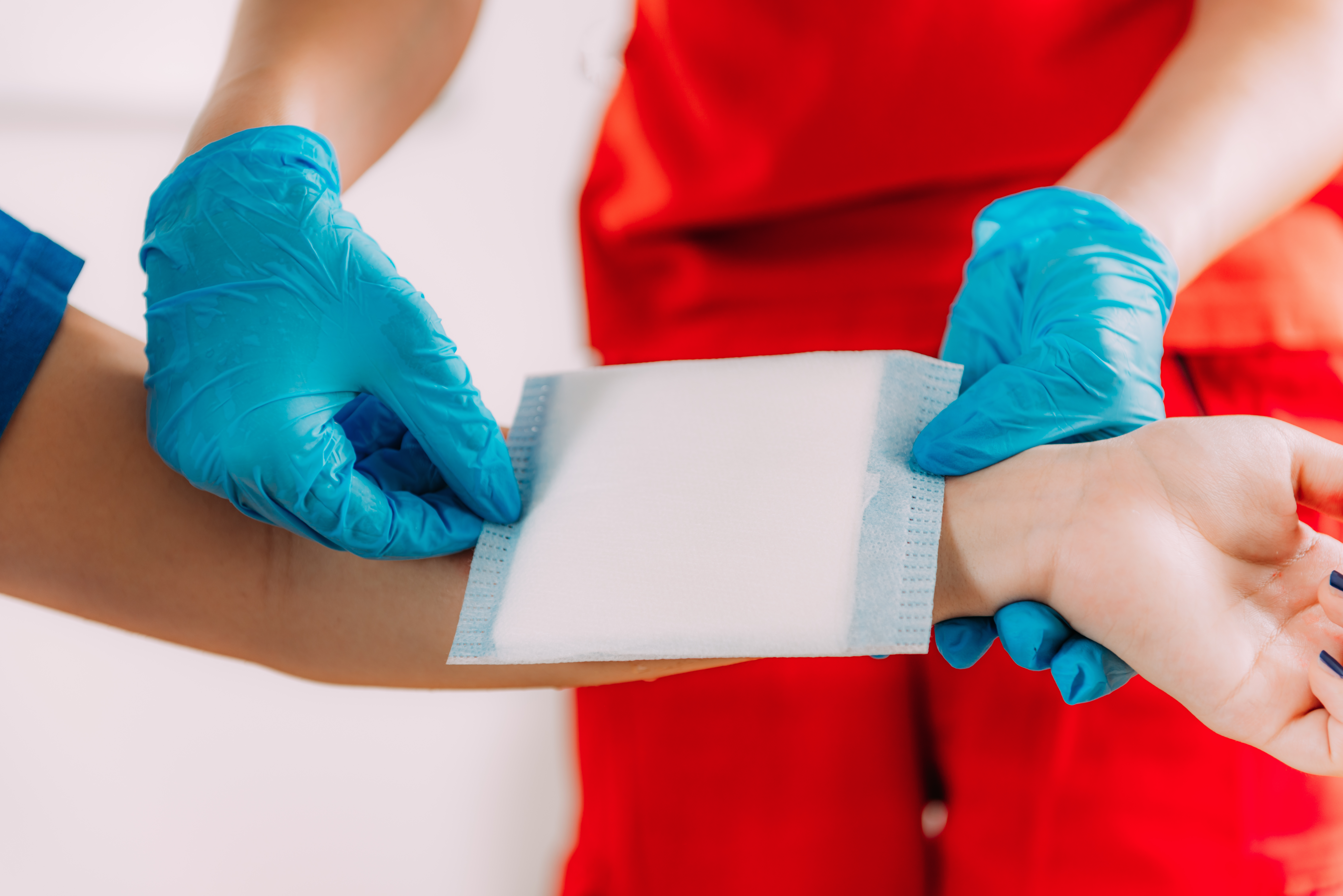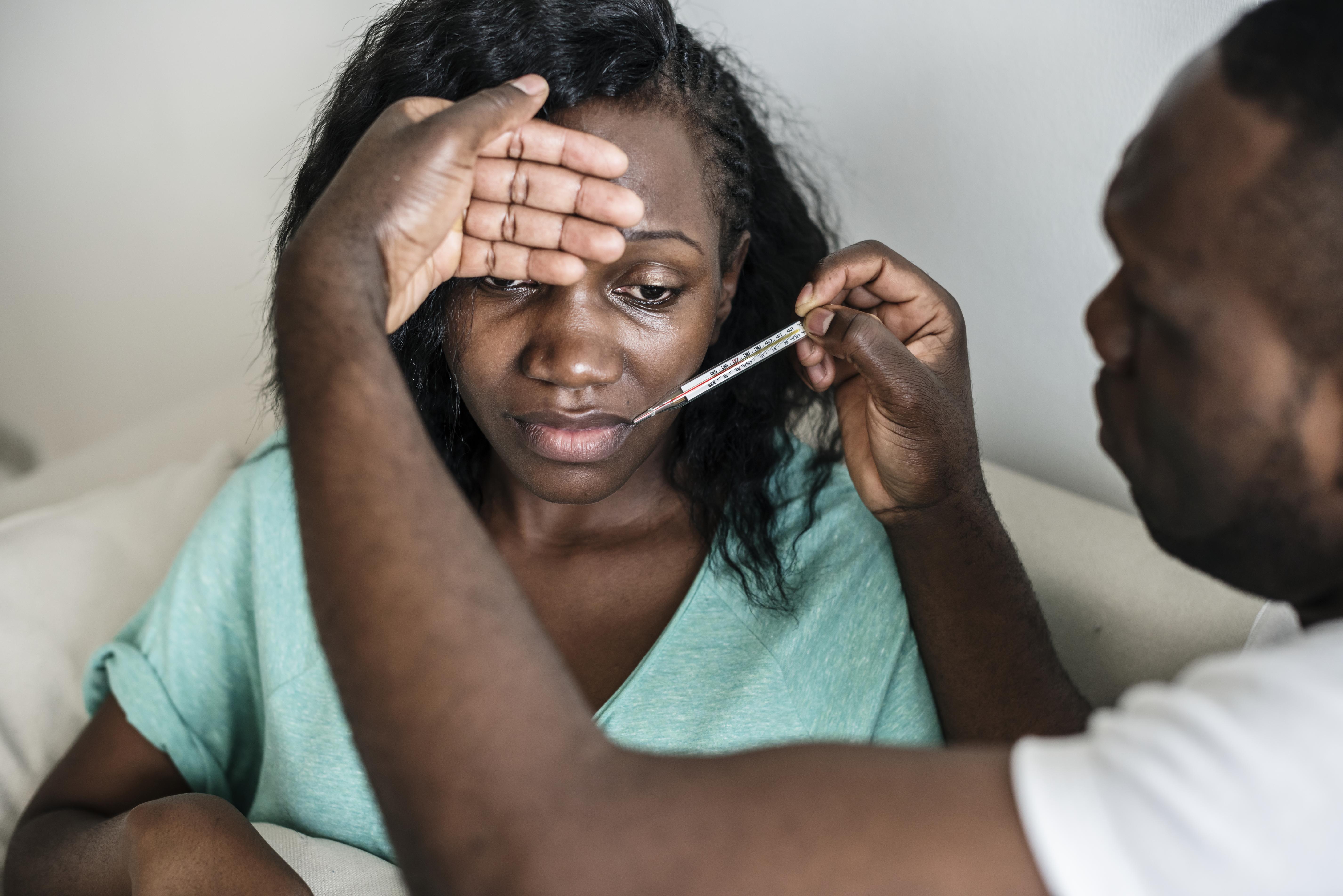10 Essential First Aid Techniques for Effortlessly Managing 1st Degree Burns
5. Protecting the Burn

Protecting a 1st degree burn from further injury and infection is a key aspect of effective management. Once the initial cooling and pain relief measures are in place, it's important to keep the burn clean and covered. Using a sterile, non-stick bandage can protect the area from dirt and bacteria, reducing the risk of infection. It's essential to change the bandage daily or whenever it becomes wet or dirty. Avoid using adhesive bandages directly on the burn, as they can cause irritation or damage when removed. Additionally, wearing loose-fitting clothing can prevent friction and allow the skin to breathe, promoting healing. By taking these protective measures, individuals can safeguard the burn from further harm and support the healing process.
6. Monitoring for Complications

While 1st degree burns are generally minor, it's important to monitor them for any signs of complications. Infection is a primary concern, and symptoms such as increased redness, swelling, pus, or a fever may indicate its presence. If any of these signs are observed, it's crucial to seek medical attention promptly. Additionally, if the pain intensifies or the burn does not improve within a few days, a healthcare professional should be consulted. Monitoring the burn closely allows for early detection of potential issues, ensuring timely intervention and preventing more serious complications. By remaining vigilant and proactive, individuals can ensure that their burn heals properly and without incident.
